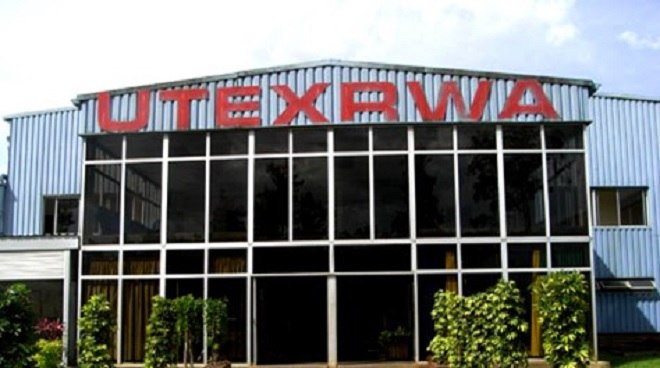Rwanda is under pressure to find an investor in textile industry to bridge a clothing gap.
“Every year, we spend over $15 million to import second hand clothes. Wearing such clothes is not worth our value,” said Claver Gatete, Rwanda’s Minister of Finance and Economic Planning.
In total, Rwanda spent an average of $57 million on textile imports annually between 2008 and 2012, according to Rwanda Development Board (RDB).
Gatete said during the 13th National Dialogue that Rwanda needs investors in the textile industry to provide quality clothes and more importantly create more jobs.
Job creation is crucial in Rwanda. The country is targeting to create 200,000 new jobs every year, but this target has not been achieved in the last two years.
Rwanda created 146,000 jobs every year for the last two years; 54,000 jobs short of the annual target.
Meanwhile, Rwanda has two textile industries including the Indian based UTEXRWA.
Since 1984, Utexrwa plant runs at 40% capacity and produces about 12,000 meters/year, and has a turnover of $ 3 million.
However, the plant produces uniforms for students and other institutions, but does not produce for retail consumption.
In 2014, C&H Garment, a Chinese textile company also built a franchise in Kigali, which is producing for export market, especially European stores.
The company has invested in automatic computerized sewing machines with a capacity of training 200 local workers at start-up. The number of workers is expected to reach 400 in two years.
Officials at RDB have told KT Press that the plant will soon introduce its products into the market.
“We have to go by quantity when we export, our goal in Rwanda is to export garments to the USA and Europe, leaving about 20% of our production for the local market”, said Malou Jontilano the General Manager of C& H Garments Ltd.
During the dialogues, Senator Tito Rutaremara suggested that there must be a new paradigm shift in attracting investment to boost the industry sector in Rwanda.
He said Rwanda can apply the “Copy and Transform” approach, “because building new industries from the scratch can also cost us huge in import of some equipment.”


